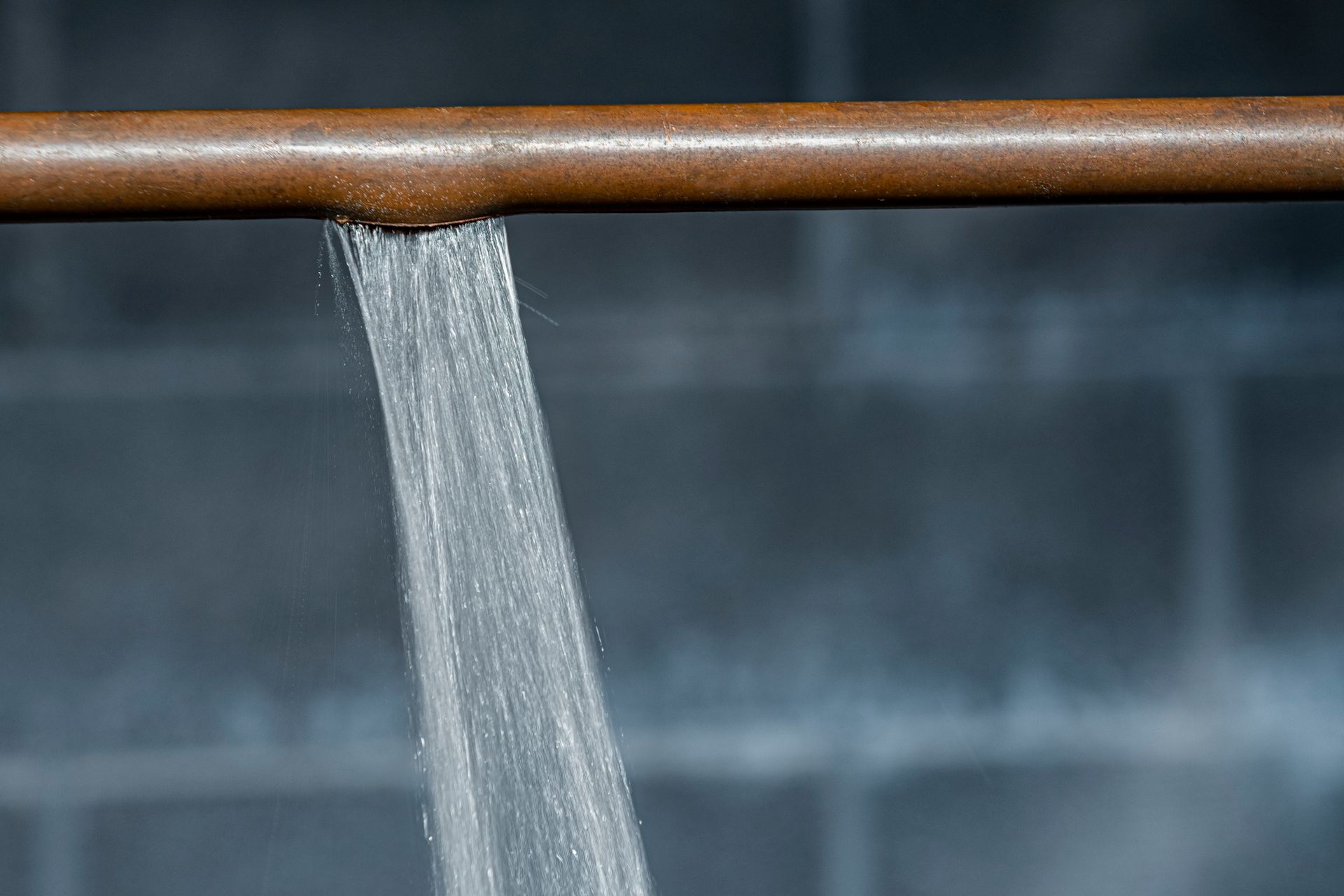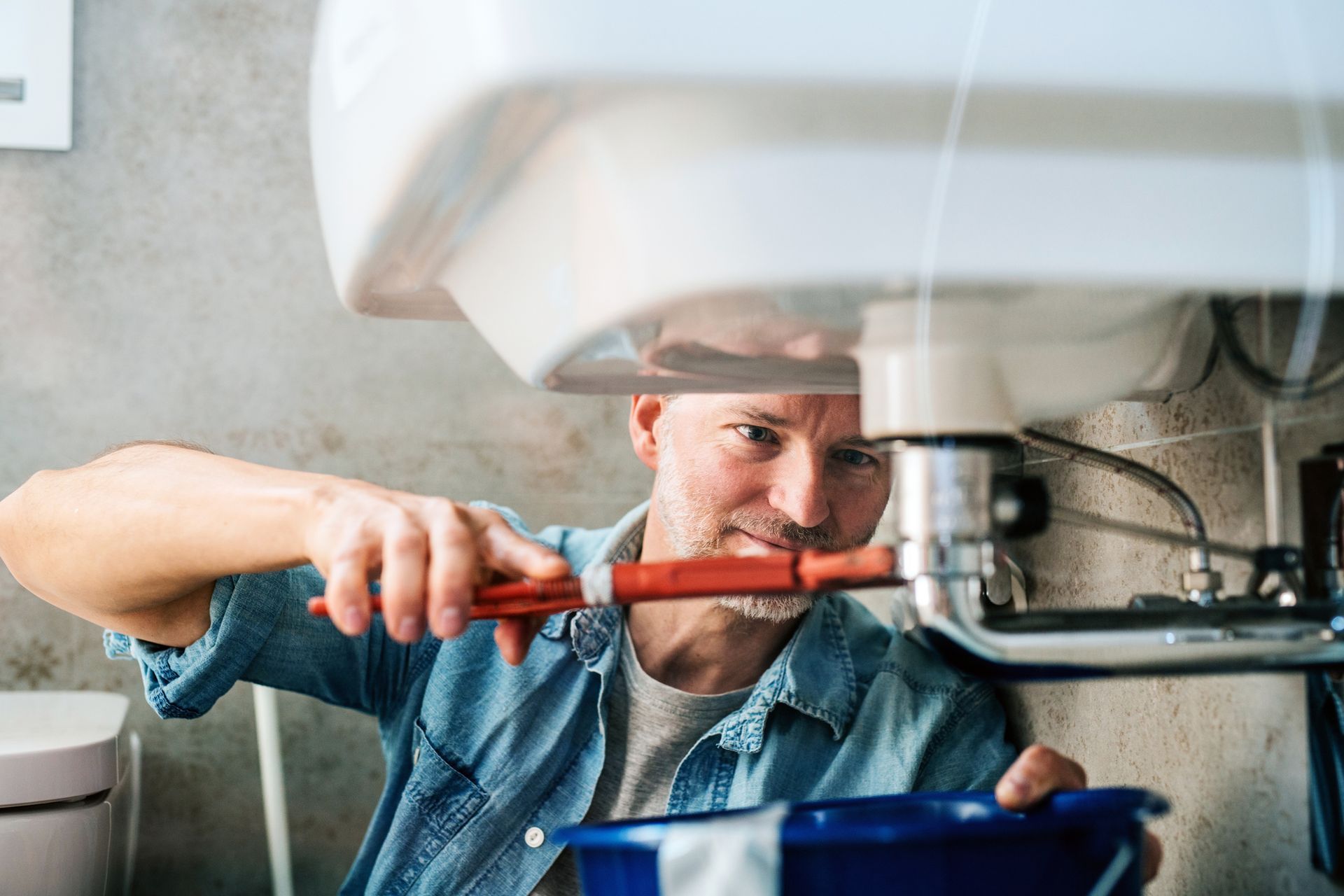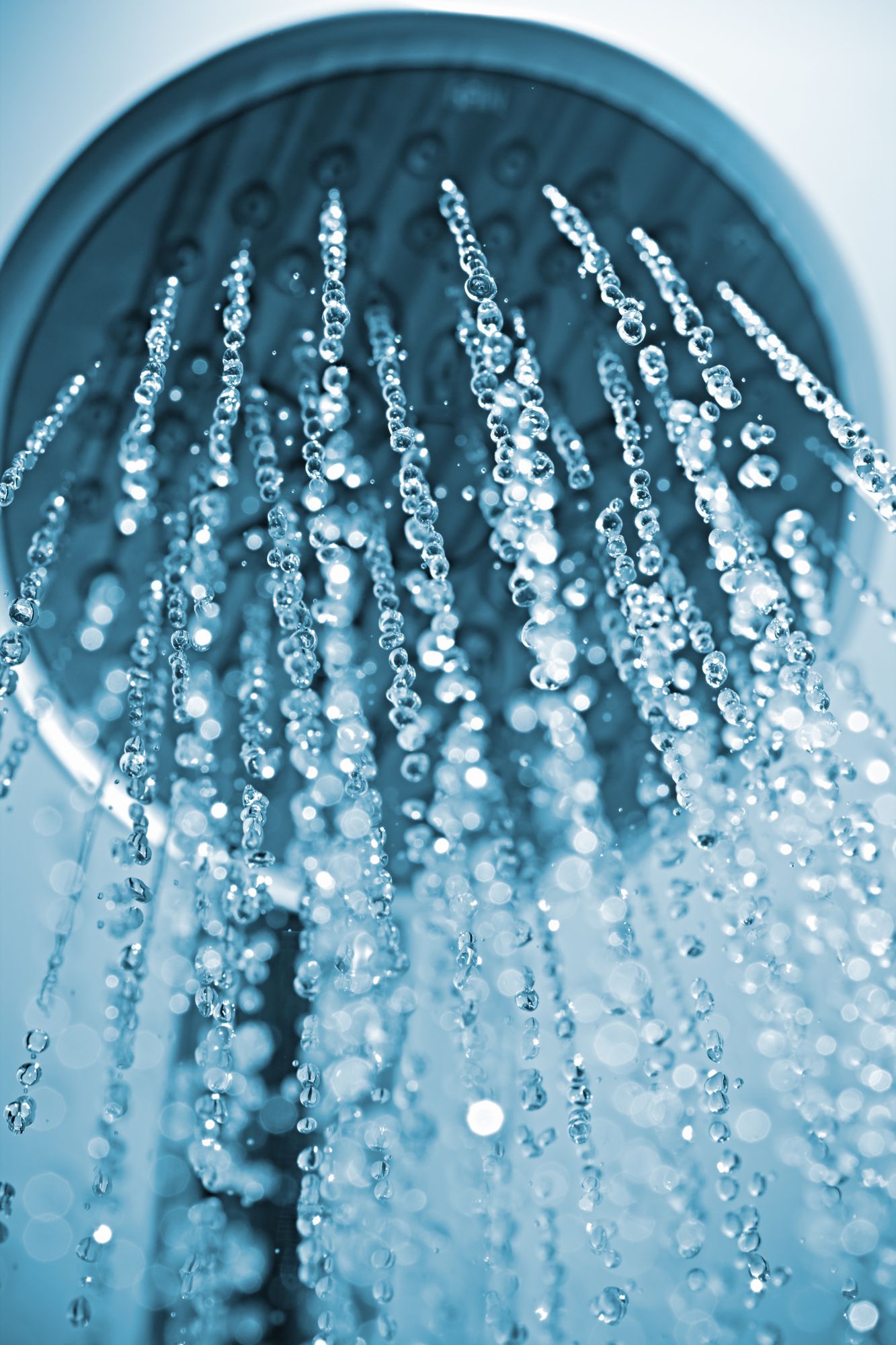7 Top Causes of Plumbing Leaks
The signs of plumbing leaks often manifest as unsightly marks on walls and ceilings or mold growth under the sink. These signs can catch any homeowner off-guard and make you wonder about the exact cause of the leak. Worry no more, as the outline below describes seven top causes of plumbing leaks.
1. Broken Seals
Water leaks from worn seals are common. When plumbing contractors install appliances like dishwashers, they place rubber sealants around water connectors. In the case of a dishwasher, the door also has a seal.
Over time, these seals wear out, and can result in water leaks. Check for condensation or puddles around your appliances to determine if you need to replace the seals. If the seal on your dishwasher is intact, but it is leaking, a plumber will usually check for damaged valves.
2. Clogs
Clogs may seem like non-urgent inconveniences, but they can result in overflows or burst pipes. Once clogging material clumps together in your pipes, it restricts water flow and prevents waste from reaching the sewer line. Hair, wipes, food scraps, children’s toys, feminine products, and paper towels are some household products that cause clogs.
Many homeowners use chemical drain cleaners to deal with clogs. These cleaners eat at the materials causing the clog but may also corrode metal pipes and let water out through small cracks. PVC plastic pipes warp from the heat generated by the action of the chemical drain cleaners while metal pipes can bulge.
The damage these cleaners leave behind can require the services of a seasoned plumber. So, call for plumbing service to deal with clogs as soon as they occur to prevent costly repairs.
3. Corrosion
Corrosion causes metal pipes to degrade over time, and copper pipes are not immune from the process even though they don’t rust. As the metal pipes corrode, they weaken and let water through cracks.
Discolored water that tastes and smells metallic are common signs of corroded pipes. You may also hear gurgles, bangs, and other unusual sounds from the plumbing system. Corrosion often manifests as red colors in steel pipes or greenish and blue hues in copper pipes.
Corrosion is an urgent issue as toxins may enter your water. So, call a plumber immediately if you suspect that you have corroded pipes. If you have an old piping system, consider upgrading instead of frequent repairs.
4. Broken Pipe Joints
Joints are the devices that curve around straight pipes on each side, responsible for directing water across your home. Pipe joints are essentially the weakest link in your plumbing system, as any crack sends water flooding into your home.
If the damaged pipe joint is in the walls or underground, you will get frustrated in the search for the leak source. The best strategy is to periodically have a plumber inspect your system to identify minor problems before they cause damage.
5. Tree Root Intrusion
The cause of your water leak may be outside your home rather than inside. Roots can either grow around your pipes or make their way through small holes and cracks. Weak and old lines are especially vulnerable to root invasion as roots are powerful and unrelenting.
After invading your plumbing system, the roots cause blockages and leaks that send water into your yard or basement. As the problem progresses into flood damage, you may notice wet patches in your yard. The best way to discourage root invasion is to schedule regular maintenance and rodding of the sewer line.
6. High Water Pressure
The ideal water pressure for homes is 40–60 psi. However, the pressure in city systems often ranges between 30 and 80 psi. A water pressure that exceeds 80 psi stresses residential pipes, valves, and other plumbing fixtures. High water pressure may enhance your shower experience, but it gradually wears down your pipes and leads to leaks. Thankfully, a plumber can reduce the pressure by installing a pressure-reducing valve on your home’s main water supply pipe.
7. Freezing Temperatures
Broken pipes due to cold temperatures are a common winter problem. Freezing water expands and places extra pressure on your pipes. Rigid metal pipes are more vulnerable to cracking in cold weather, but plastic pipes get brittle in freezing weather.
Rapid temperature changes also cause the pipes to contract, expand, and become weak. Temporary patches on cracked pipes only postpone the problem, and you need professional replacement to prevent future leaks.
The causes of water leaks are plenty, but the result is disastrous. Leaking pipes are not a DIY problem as you may cause even more damage, resulting in expensive repairs. Instead, have an experienced plumber from Jim Dhamer Plumbing and Sewer, Inc., identify, resolve, and prevent leaks. Call us today for any plumbing issues at (630) 964-2222.
The post 7 Top Causes of Plumbing Leaks appeared first on .
Leave A Reply
More Posts









